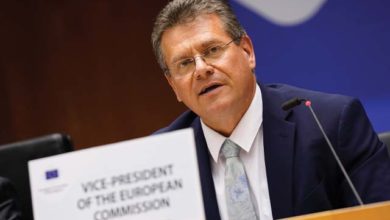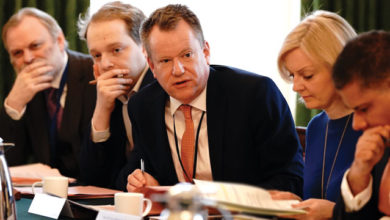Aviation strategy adopted
The European Commission’s aviation strategy is designed to boost Europe’s economy, strengthen its industrial base and contribute to EU global leadership.
The European Commission has adopted a new aviation strategy. The strategy was one of the initiatives listed in the Commission Work Programme for 2015. It consists of a communication, a proposal for a revision of the EU’s aviation safety rules and requests to negotiate comprehensive EU-level air transport agreements with a number of key third countries.
The Commission recognises that aviation is a strong driver of economic growth, jobs, trade and mobility for the European Union and as such play a crucial role in the economy of the European Unions. The aviation sector employs almost two million people and is worth roughly £80 billion to Europe’s economy. Over the last 20 years the European Union’s liberalisation of the internal market for air services and the substantial growth of demand in air transport within the EU and worldwide, has resulted in the significant development of the European aviation sector which is predicted to grow to 14.4 million flights in 2035, 50 per cent more than in 2012.
The strategy will build on President Juncker’s three core priorities and ensure that the European aviation sector remains competitive ready to reap the benefits of a fast-changing and developing global economy. The priorities of the strategy are to:
• place the European Union as a leading player in international aviation, while guaranteeing a level playing field;
• tackle limits to growth in the air and on the ground;
• maintain high European Union standards;
• make progress on innovation digital technologies and investments.
The main challenge, as far as the strategy is concerned, for the growth of EU aviation is to address Europe’s capacity, efficiency and connectivity constraints. The fragmentation of European airspace is estimated to cost at least £3.6 billion every year, while capacity constraints could cost up to 818,000 jobs by 2035. For these reasons the strategy stresses the importance of completing the Single European Sky project optimising the use of Europe’s busiest airports and monitoring intra-EU and extra-EU connectivity.
The strategy states that Europe must realise the full potential of drones. As a result of this need, a legal framework is proposed to ensure safety and legal certainty for industry and to address concerns related to privacy and data protection, security and the environment. Similarly, the European Union plans to invest £311 million each year, until 2020, in the Single European Sky ATM Research (SESAR) project. The timely deployment of SESAR solutions can potentially result in the creation of over 300,000 new jobs.
The deployment and optimisation of information and communications technologies are also particularly relevant for airport capacity, performance and quality of service.
Speaking about the strategy, the Vice President for the Energy-Union, Maroš Šefčovič claimed that it will prove to be central to Europe’s growth and allow European aviation to maintain its global leadership. “It also confirms the pioneering commitment of Europe to sustainable aviation, a highly topical issue,” he concluded.





